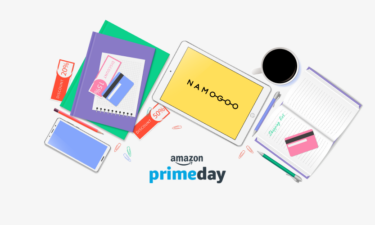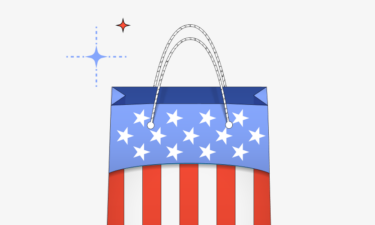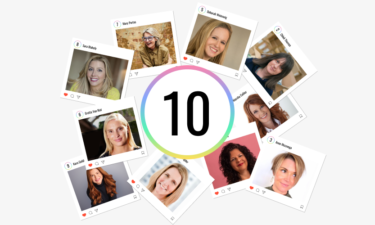Updated on February 7, 2023
The holiday of love is just around the corner, and shoppers are preparing to gift their loved ones with goods and experiences. In this article, brands can make the most out of Valentine’s Day with eCommerce marketing strategies that can drive sales and spread love during the season.
Cupid’s Business by the Numbers
Valentine’s Day is one of the biggest days for spending. The NRF[*] saw it hitting $$23.9 billion in 2022 sales, with consumers spending an average of $175.41. The average spending was up from $164.76 in 2021, and 53% of consumers felt it was important to celebrate the day.
With eCommerce as the most popular destination for 41% of Valentine’s Day shoppers, which products did they spend their hard-earned money on? The graph below shows how various industries registered growth in CVRs from 2021 to 2022.
All industries except for Fashion & Apparel and Food & Drinks experienced a boost in CVRs from the Valentine’s Day shopping period in 2021 to 2022. What is more noteworthy, however, was the increase in interruption rates for seven out of eight industries. More shoppers were interrupted by unwanted ads throughout the shopping journey in almost all verticals.
With eCommerce as the most popular destination for 39% of Valentine’s Day shoppers, which products did they spend their hard-earned money on? The graph below shows how computers & office supplies, footwear, gifts & hobbies, health & beauty, and travel products registered growth in CVRs from 2020 to 2021.
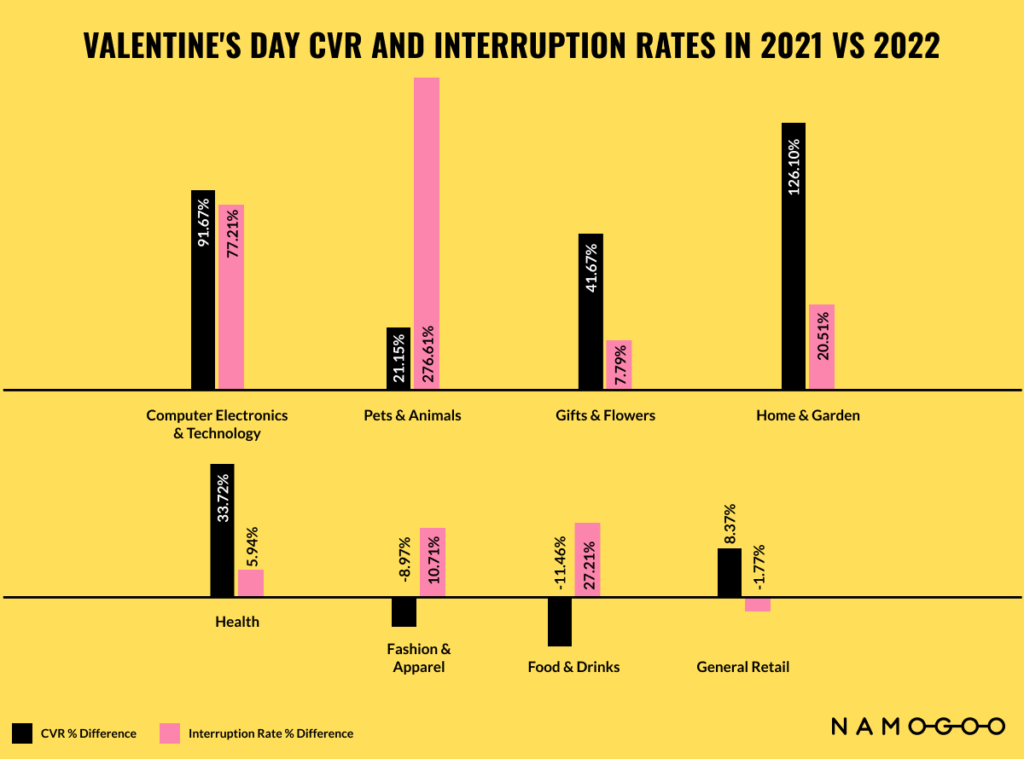
Valentine’s Day is a popular shopping event. Not only are there more online consumers shopping than usual, but there are also more of them that have a high propensity to purchase. With third-party distractions more prevalent during this time, online brands must be prepared to deliver frictionless customer journeys that prevent shoppers from getting diverted by unwanted ads.
The 3 Types of Valentine’s Day Shoppers
Your customers are like assorted chocolates in a box. They have distinct behaviors, needs, and expectations. This Valentine’s Day, there are three types of shoppers you should prepare for.
- The Deliberate Romantic (The Planner)
You won’t expect this shopper to cram. Instead, they’ll have planned and bought gifts two weeks before Valentine’s Day, with a specific reason behind their purchases. They seek reviews and compare prices across different brands. Anything opposite of a lag-free experience and reasonable pricing will drive them away. - The Carefree Lover (The Casual Browser)
Shopping should be inspirational, especially for a loved one. The carefree lover would take the most accessible shopping route, which is often through their phone. As they browse for ideas, the best deals might just convince them to take the plunge. Unlike the deliberate romantic, they’ll not plan and shop way ahead of the occasion; carefree lovers bide their time. - The Late Bloomer (The Last-Minute Shopper)
Some might be too busy to plan for elaborate gifts and dinners. That doesn’t mean they don’t want Valentine’s Day to be special, but being strapped for time, they want to find the perfect gift ASAP. Late bloomers will be drawn to hard-to-miss promotions. The promise of free and expedited shipping will also make it easier for them to tap checkout.
The Love Playbook
How can you create shopping experiences that will charm customers and persuade them to give in to their hearts’ desires? Let’s look at the following approaches.
1. Make Your Online Customer Journeys As Seamless As Possible
The customer experience needs to be smooth from search to purchase. To ensure that your online customer journeys are frictionless, consider using AR/VR to better showcase the product, offer free shipping and returns, and make multiple options for customer service accessible in case customers have questions about the product. Tiffany & Co, for example, provides options for assistance, including live chat and virtual appointments, to make Valentine’s day shopping for jewelry less daunting.
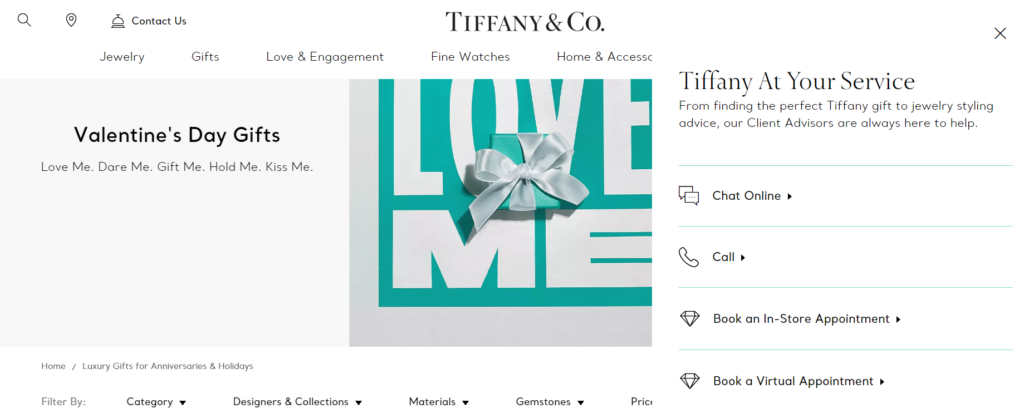
Source: Tiffany & Co
2. Leverage Non-PII Data to Deliver More Personalized Experiences
No lover wants to think that their experience is just one out of many. Delivering a unique experience worth remembering goes a long way. The floral brand, The Bouqs Co, removes the complexity of buying flowers by recommending products based on intended feelings upon gifting, be it to wow, pamper, or ‘spark feels’.
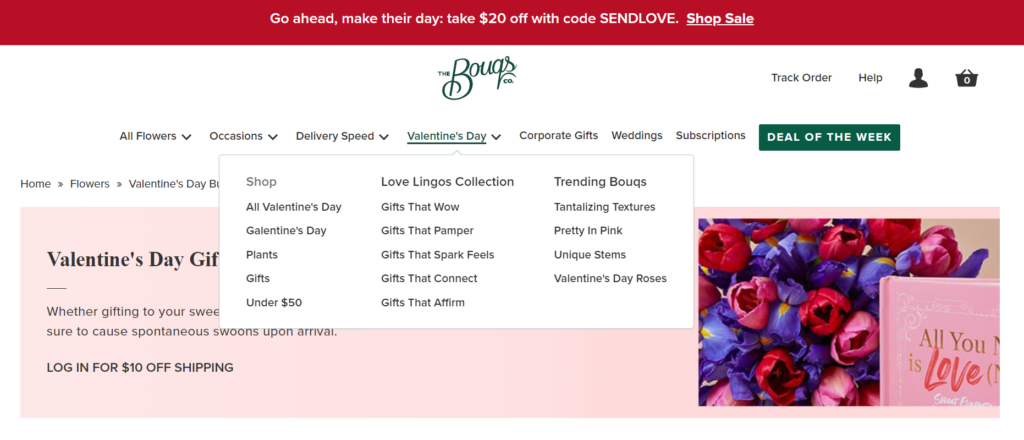
Source: The Bouqs Co
You can take it further by leveraging non-PII data to customize the end-to-end customer journey. With the phasing out of third-party cookies, implementation of tighter laws and regulations such as GDPR, and increasing privacy protections after every Apple iOS update, non-PII data can provide brands with an advantage to deliver shopping experiences that are unique to individual consumers – without compromising their privacy.
How do you go about this? By combining the power of non-PII data with a tool that can help you monitor, orchestrate, and act on customer journey data in real-time. For instance, this can help you identify shoppers who browse in incognito and are privacy concerned. You can then reduce their likelihood of abandonment by not requiring them to share personal information. You can also offer privacy-sensitive shoppers guest checkout, instead of requiring them to sign in or create an account, to speed up the payment process and increase the chances of them completing the purchase.
3. Communicate on All Relevant Channels
You can truly say love is in the air by connecting with customers on social media, email channels, and personalized SMS while letting your brand’s personality shine. For example, Kilian Paris sent customers an email showcasing its curated selection just for the occasion, weeks ahead of Valentine’s Day. The products also link directly to product pages on the brand’s website, ready to purchase.

4. Use Intent to Customize Promotions
With so many competitor choices available online, providing customers with a one-in-a-million deal can make your brand stand out. You can leverage intent to personalize promotions for shoppers. One way to do that is to automatically display discounts on a minimum cart value that’s slightly above the shoppers’ current one during checkout. This incentivizes shoppers to save more by purchasing more, while also improving your site’s average order value.
Moreover, you can add an element of urgency to encourage shoppers to buy such as countdown timers matched with discounts they’d be foolish to pass up. Creating offers that are customized to each shopper’s individual preferences and context will make them more effective. You can also launch time-sensitive, exclusive products like OnlyMine Chocolates, which has a selection of limited edition boxes for pre-order.
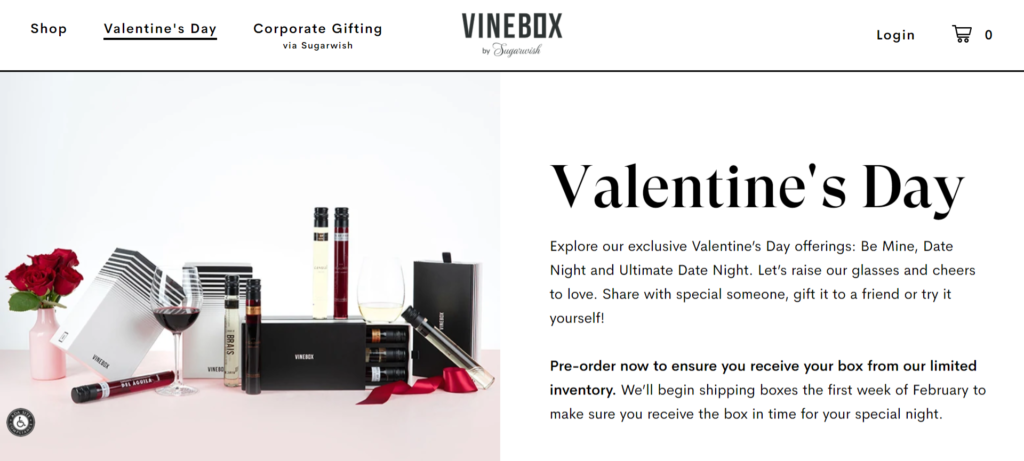
Source: OnlyMine Chocolates
5. Prevent Customers from Getting Hijacked
Finally, with interruption rates expected to increase in February, how can brands ensure that customers continue with the path to purchase and do not get derailed by unwanted ads? Installing and using a variety of shopping-related browser extensions is nothing new among consumers. While some of these tools can help you win more sales, some can confuse shoppers or pull them away from your site.
To make sure customers are not getting hijacked from their online journeys with your brand, you must have visibility into which extensions, unwanted ads, and other interruptions shoppers are exposed to in real-time. Once you know how many of their journeys are interrupted and at which points in the customer journey, you can then understand how each extension impacts your metrics and the overall customer experience. The right tool can enable you to run A/B tests and get granular about the journey interruptions you allow or block.
Off With a Kiss
Valentine’s Day brings many opportunities to show your shoppers some love. Even if your brand doesn’t sell the typical gifts for the holiday, you can take advantage of the surge in traffic and shoppers. Knowing the types of personalities that shop during the season and applying these marketing tips to your strategy can make this Valentine’s Day and the upcoming holidays in 2023 a whole lot sweeter for your brand and core customers.




